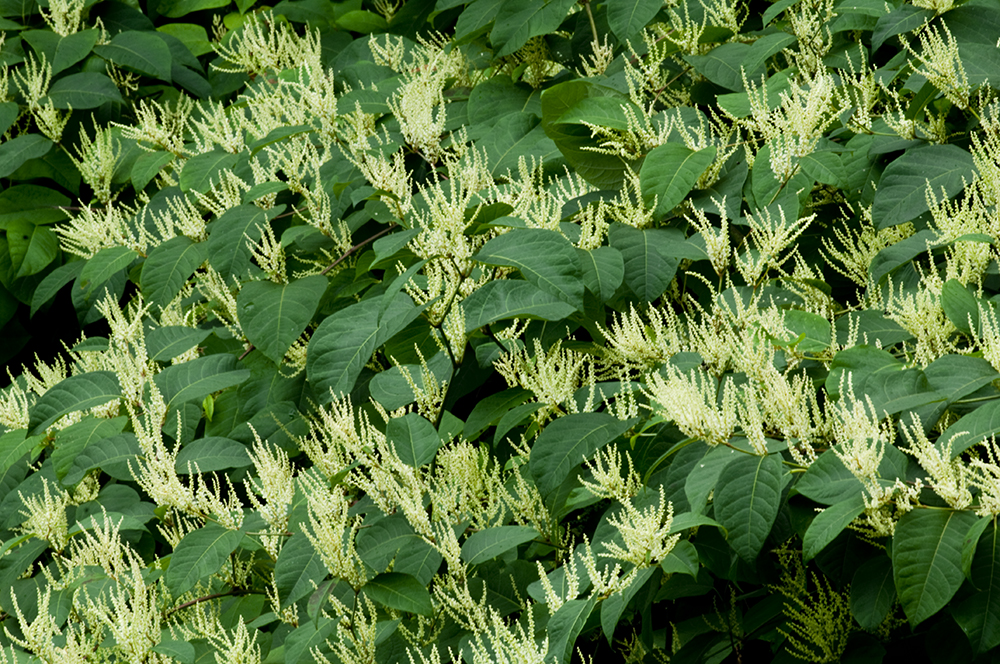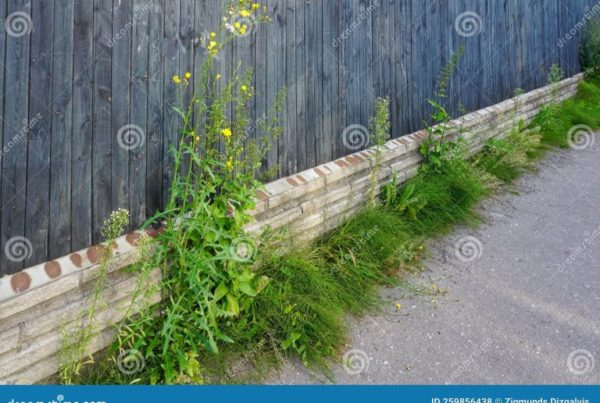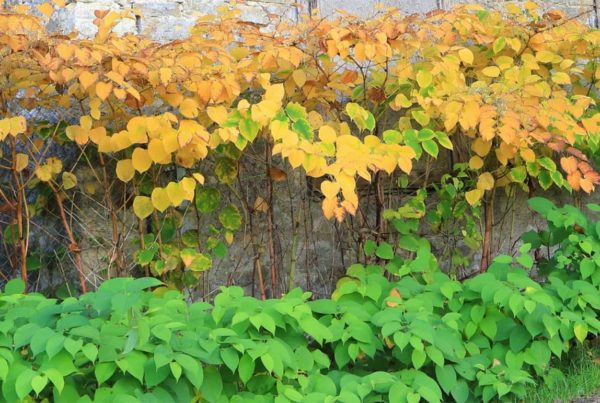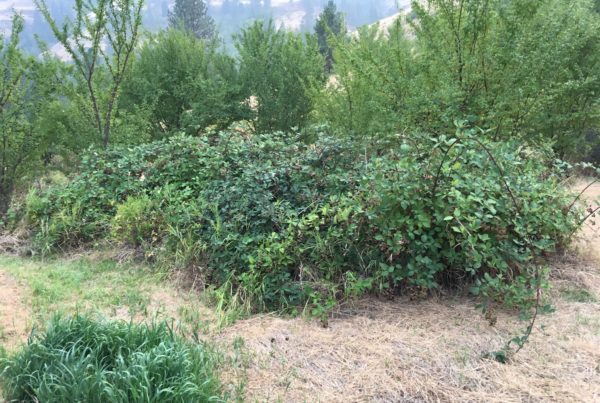What to Do When It’s Too Late in the Season for Multiple Japanese Knotweed Treatments
Japanese knotweed is a resilient invasive plant, requiring consistent effort to manage effectively. Typically, the best results come from 2-3 treatments per year, beginning in the early growing season and continuing into early fall. But what happens if you find yourself in August/September, with the knotweed already in full bloom and only one treatment opportunity left for the year?
Late-Season Treatment: A Strategic Approach
While it might seem too late in the season for multiple treatments, September offers a surprisingly effective window for targeting Japanese knotweed. After the plant flowers, it begins to prepare for winter dormancy, sending energy and nutrients back down to its roots. This natural process makes late-season treatment particularly potent, as the herbicide can be carried deeper into the plant’s root system, maximizing the impact of a single application.
Why You Shouldn’t Wait Until Spring
Allowing Japanese knotweed to continue growing unchecked into the fall can result in well-established plants in the spring, making future management even more challenging. Treating the plant in September not only curbs its growth but also weakens its ability to re-emerge with full vigor the following year.
Post-Treatment: Clean-Up and Maintenance
Once the September treatment is complete, the knotweed will die back as winter approaches. At this point, we recommend managing the dead stems to prevent them from becoming a habitat for pests or spreading seeds.
We offer a follow-up service to cut and remove the dead stems, ensuring your property remains clean and prepared for the next growing season. Alternatively, if you prefer to do this on your own, you can cut down the dead stems yourself and dispose of them in the garbage. Remember, knotweed should never be composted, as this can unintentionally spread the plant.
Don’t Delay – Act Now
If you’ve missed the window for multiple treatments, don’t worry. September offers a critical opportunity to control Japanese knotweed before winter sets in. By taking action now, you can significantly reduce the plant’s ability to bounce back in the spring, keeping your property knotweed-free. Reach out to us today to schedule your late-season treatment and ensure your landscape is protected.








